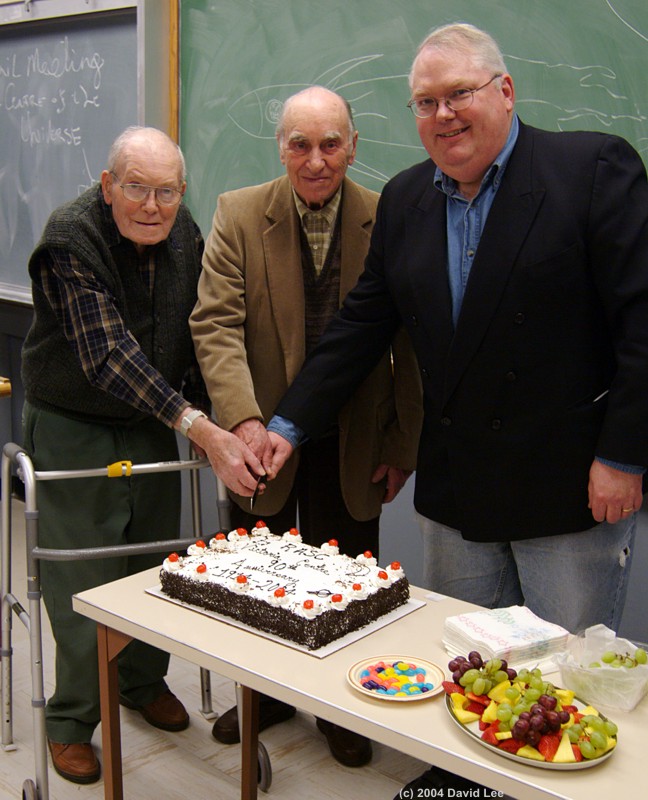Usually Victoria Centre Presidents serve two years and then move on to something else. Right now, things are a little different. Randy Enkin has just wrapped up three years as President and shifted to other jobs in the centre, including
President’s Message – March 2024

